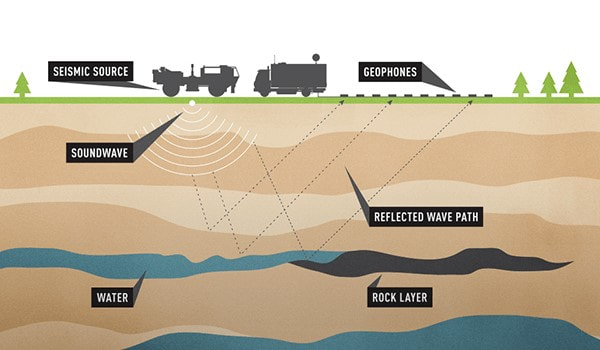All Categories
Featured
Table of Contents
Airborne Geophysical Surveys Of The Lower Mississippi ... in Willetton WA 2020
Much of the image includes blank locations now with little or no radar reaction. The "yard" wall is still revealing highly, nevertheless, and there are continuing ideas of a tough surface area in the SE corner. Time piece from 23 to 25ns. This last slice is now practically all blank, however a few of the walls are still revealing highly.
How deep are these pieces? Regrettably, the software I have access to makes approximating the depth a little tricky. If, nevertheless, the top 3 slices represent the ploughsoil, which is most likely about 30cm think, I would guess that each piece is about 10cm and we are just getting down about 80cm in total.

Fortunately for us, most of the websites we are interested in lie simply below the plough zone, so it'll do! How does this compare to the other methods? Comparison of the Earth Resistance information (top left), the magnetometry (bottom left), the 1517ns time slice (leading right) and the 1921ns time piece (bottom left).
Geophysical Survey in Embleton Aus 2022
Magnetometry, as talked about above, is a passive strategy determining local variations in magnetism against a localised zero worth. Magnetic susceptibility study is an active technique: it is a measure of how magnetic a sample of sediment could be in the presence of an electromagnetic field. Just how much soil is checked depends upon the size of the test coil: it can be very little or it can be fairly large.
The sensor in this case is very small and samples a small sample of soil. The Bartington magnetic vulnerability meter with a large "field coil" in use at Verulamium throughout the course in 2013. Top soil will be magnetically boosted compared to subsoils merely due to natural oxidation and reduction.
By measuring magnetic susceptibility at a fairly coarse scale, we can identify locations of human profession and middens. We do not have access to a reputable mag sus meter, however Jarrod Burks (who helped teach at the course in 2013) has some excellent examples. Among which is the Wildcat website in Ohio.
Geophysical Survey - Durham University in Lakes Aus 2021
These towns are frequently laid out around a central open area or plaza, such as this rebuilt example at Sunwatch, Dayton, Ohio. Sunwatch Village, Dayton, Ohio (photo: Jarrod Burks). At the Wildcat website, the magnetometer survey had located a variety of features and homes. The magnetic vulnerability survey helped, however, define the primary area of profession and midden which surrounded the more open area.
Jarrod Burks' magnetic vulnerability study results from the Wildcat site, Ohio. Red is high, blue is low. The strategy is therefore of terrific usage in defining areas of general occupation rather than recognizing specific functions.
Geophysical surveying is an applied branch of geophysics, which utilizes seismic, gravitational, magnetic, electrical and electro-magnetic physical methods at the Earth's surface area to measure the physical properties of the subsurface - Geophysical Services in Kalamunda Aus 2023. Geophysical surveying methods normally measure these geophysical properties along with abnormalities in order to evaluate various subsurface conditions such as the presence of groundwater, bedrock, minerals, oil and gas, geothermal resources, spaces and cavities, and much more.
Latest Posts
What Geophysicists Do in Iluka WA 2023
Geophysical Survey Definition in Casaurina Oz 2021
Geology And Geophysics - Careers And Employment in Manning Aus 2022